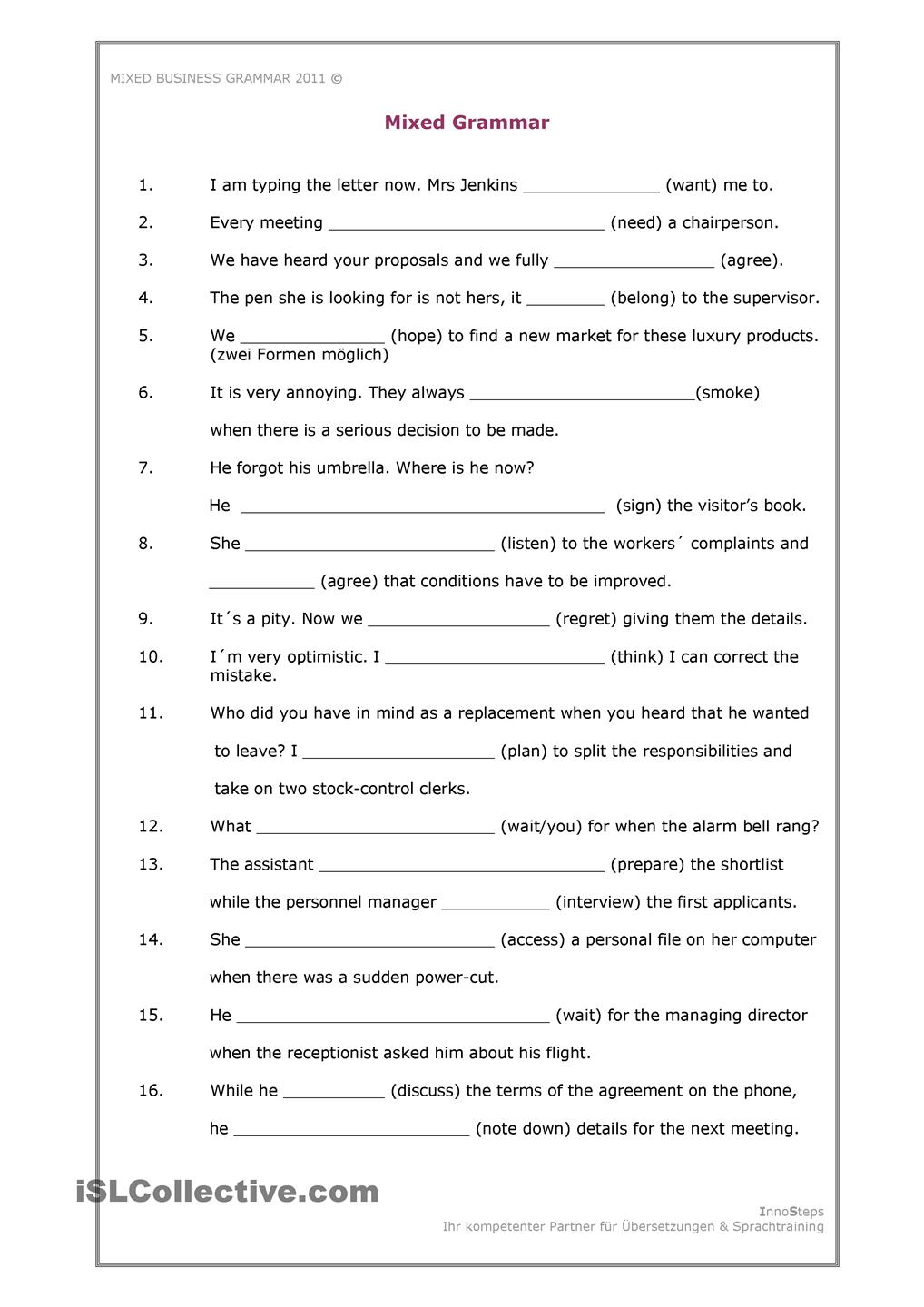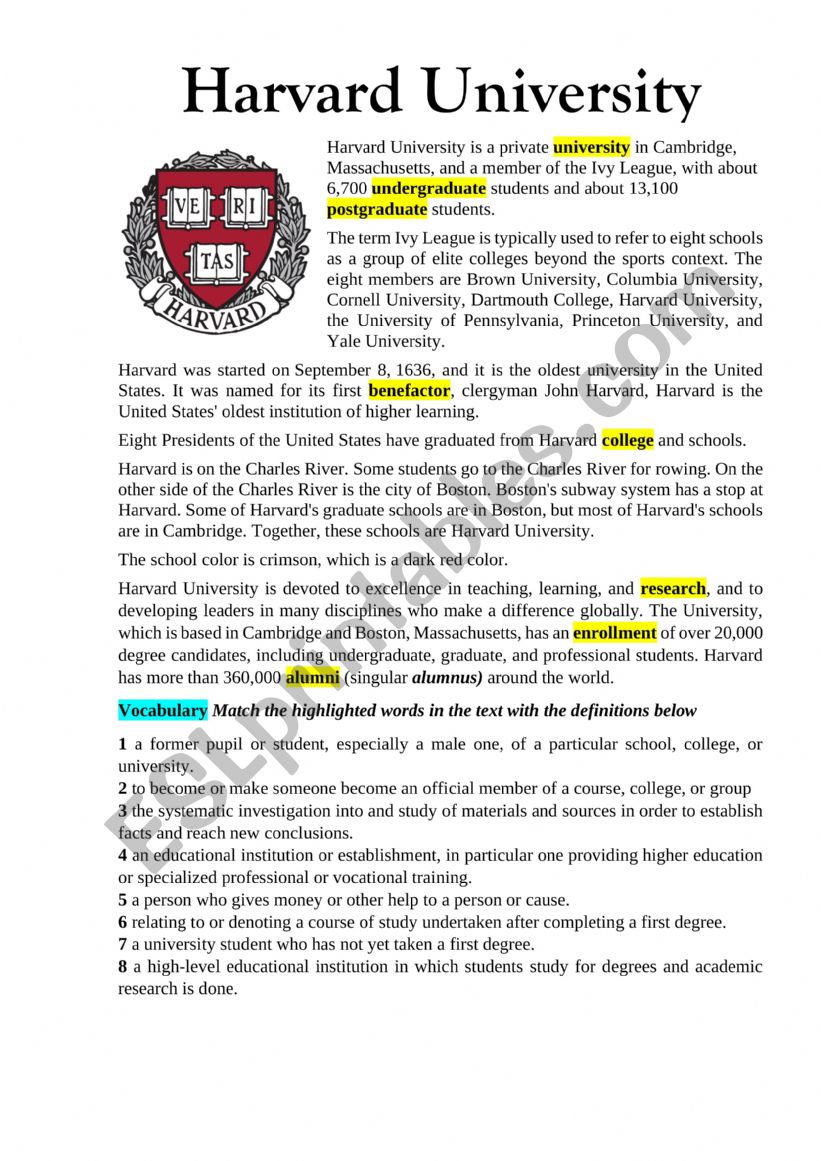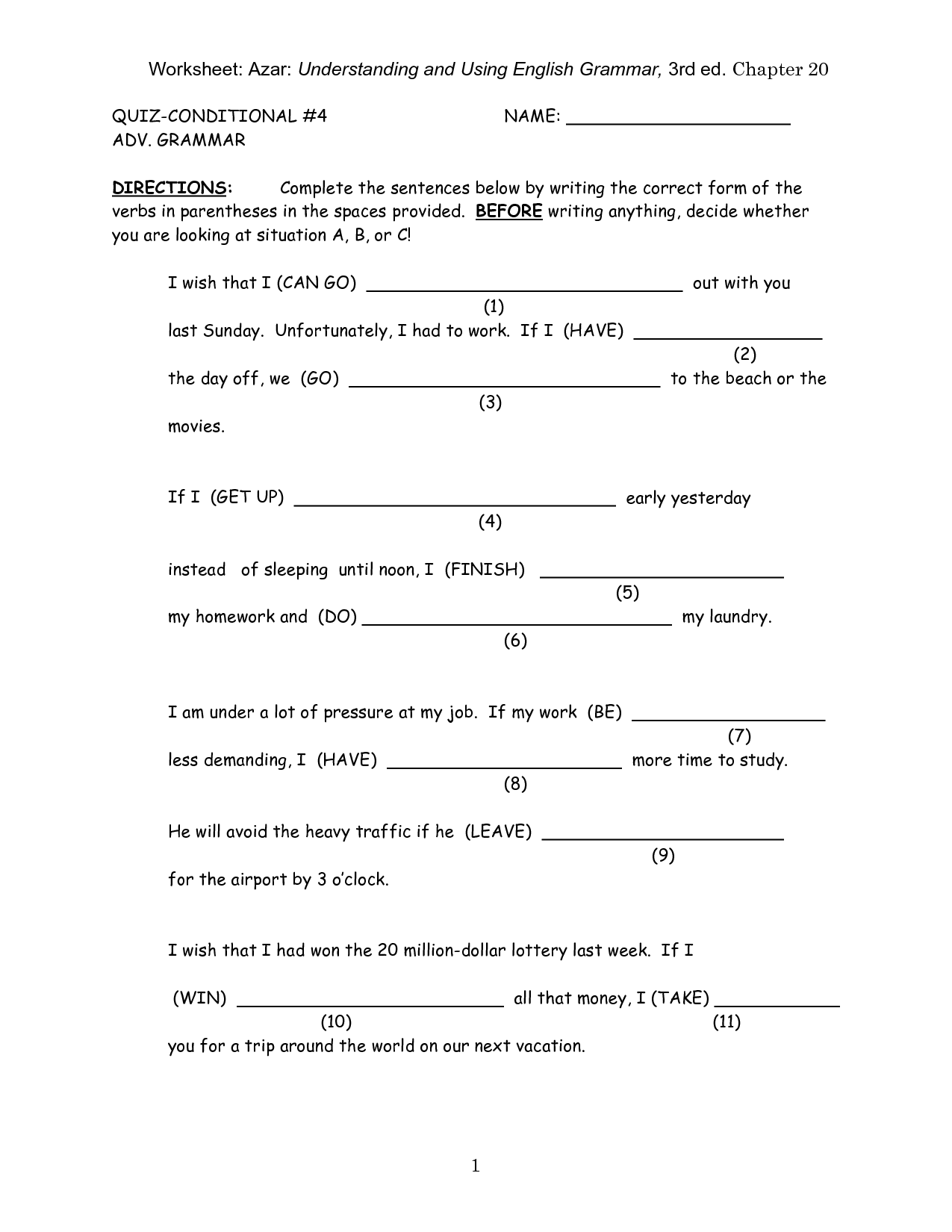
The Indispensable Role of University ESL Worksheets in Fostering Academic Success
In an increasingly globalized educational landscape, universities worldwide are welcoming a diverse cohort of international students. While these students bring invaluable cultural perspectives and academic aspirations, many face the significant challenge of navigating higher education in a language that is not their native tongue. This is where English as a Second Language (ESL) programs, and specifically well-designed University ESL worksheets, emerge as foundational pillars for academic integration and success. Far from being mere supplementary exercises, these worksheets are dynamic tools that bridge linguistic gaps, cultivate essential academic skills, and empower non-native English speakers to thrive in a demanding university environment.
This article delves into the multifaceted importance of University ESL worksheets, exploring their various forms, the profound benefits they offer to both students and educators, the principles of effective design, and their evolving role in a digitally-driven educational era.

The Multifaceted Nature of University ESL Worksheets

University ESL worksheets are not monolithic; they encompass a vast array of exercises tailored to address specific language skills and academic competencies required at the university level. Unlike general ESL materials, these worksheets are meticulously crafted to reflect the unique linguistic demands of higher education, which include academic discourse, critical thinking, research, and formal writing.

- Reading Comprehension Worksheets: These go beyond basic understanding, focusing on academic texts such as journal articles, textbook chapters, and research papers. Exercises might involve identifying main ideas, distinguishing facts from opinions, understanding logical arguments, inferring meaning from context, analyzing rhetorical devices, and summarizing complex information.
- Listening Comprehension Worksheets: Designed to prepare students for lectures, seminars, and group discussions, these worksheets often feature audio or video clips of academic discourse. Tasks include note-taking strategies, identifying key points, recognizing speaker’s attitude or purpose, understanding complex sentence structures, and distinguishing between facts and examples.
- Writing Skills Worksheets: Perhaps the most critical for academic success, these worksheets guide students through the intricacies of academic writing. They cover essay structure (introductions, body paragraphs, conclusions), thesis statement development, topic sentences, paragraph coherence and cohesion, citation styles (APA, MLA, Chicago), paraphrasing, summarizing, avoiding plagiarism, and crafting various academic genres like research papers, reports, and literature reviews.
- Speaking and Pronunciation Worksheets: While often requiring direct interaction, worksheets can provide prompts for debates, presentations, group discussions, and role-plays. They might focus on academic vocabulary for discussions, turn-taking strategies, expressing agreement/disagreement respectfully, delivering clear presentations, and targeted pronunciation practice for common academic terms or challenging sounds.
- Grammar and Vocabulary Worksheets (Contextualized): Instead of isolated drills, university-level grammar worksheets integrate grammatical structures within academic contexts. For instance, practicing passive voice for scientific writing, or using transition words for logical argumentation. Vocabulary worksheets focus on academic word lists (AWL), discipline-specific terminology, collocations, and idiomatic expressions common in academic settings.
- Critical Thinking and Study Skills Worksheets: These move beyond language acquisition to develop essential academic habits. They might include exercises on evaluating sources, formulating research questions, outlining arguments, organizing information, time management for assignments, and preparing for exams.



The Transformative Benefits for Students

For international students, University ESL worksheets offer a structured pathway to linguistic proficiency and academic integration.
- Structured Practice and Reinforcement: Worksheets provide a tangible means for students to practice new language skills and reinforce concepts taught in class. This repeated exposure and application are crucial for language acquisition and retention.
- Confidence Building: Successfully completing exercises on a worksheet can significantly boost a student’s confidence in their English abilities, making them more willing to participate in class discussions and tackle more challenging academic tasks.
- Targeted Skill Development: Worksheets allow students to focus on specific areas of weakness. A student struggling with academic vocabulary can use a targeted worksheet, while another needing help with essay structure can work on that particular skill.
- Self-Paced Learning and Autonomy: Many worksheets are designed for independent study, empowering students to take ownership of their learning. They can work at their own pace, reviewing sections as needed, which is particularly beneficial for adult learners with varying schedules and learning styles.
- Preparation for Academic Rigor: By mimicking the language and task demands of mainstream university courses, these worksheets serve as invaluable training grounds, acclimatizing students to the academic expectations of their chosen field of study.
- Bridging the Cultural-Linguistic Gap: Beyond language, University ESL worksheets can also introduce students to Western academic conventions, such as critical analysis, argumentation styles, and plagiarism rules, which may differ significantly from their home countries.


Advantages for Educators and Program Administrators
The benefits of University ESL worksheets extend beyond the students to the educators and the overall ESL program.
- Assessment and Diagnostic Tools: Worksheets provide immediate feedback on student understanding and proficiency. They serve as excellent diagnostic tools for instructors to identify common errors, assess learning gaps, and tailor future lessons accordingly.
- Time Efficiency in Lesson Planning: Well-designed worksheets can save instructors considerable time in lesson preparation, providing ready-made activities that align with curriculum objectives.
- Differentiation and Customization: Instructors can easily adapt or select worksheets to cater to students with varying proficiency levels, learning styles, and academic disciplines, ensuring that each student receives appropriate support.
- Consistency and Curriculum Alignment: Worksheets help ensure consistency across different sections or terms of an ESL program, providing a standardized approach to skill development that aligns with program learning outcomes.
- Facilitating Active Learning: Worksheets encourage active engagement rather than passive reception of information. They prompt students to think, analyze, synthesize, and produce language, leading to deeper learning.
Principles of Effective University ESL Worksheet Design
The effectiveness of University ESL worksheets hinges on thoughtful and intentional design. A poorly designed worksheet can be counterproductive, leading to frustration and disengagement.
- Clarity and Accessibility: Instructions must be clear, concise, and easy to understand, even for students with lower proficiency. The layout should be uncluttered and visually appealing.
- Relevance and Authenticity: Worksheets should use authentic academic content and tasks that directly relate to the linguistic and academic demands students will face in their university studies. For example, using excerpts from real academic journals or simulated lecture recordings.
- Engagement and Interactivity: To prevent monotony, worksheets should incorporate a variety of task types (e.g., matching, fill-in-the-blank, short answer, paragraph writing, critical analysis questions) and encourage active participation rather than rote memorization.
- Scaffolding and Progression: Tasks should be scaffolded, starting with simpler exercises and gradually increasing in complexity. This allows students to build confidence and apply newly acquired skills incrementally.
- Integration of Feedback Loops: Worksheets should ideally be designed to facilitate easy self-correction or provide clear answer keys. For instructor-graded worksheets, space for constructive feedback is essential.
- Variety in Task Types: Mixing individual, pair, and group activities within worksheets can cater to different learning preferences and promote collaborative learning.
Challenges and Considerations in Implementation
While highly beneficial, the use of University ESL worksheets is not without its challenges.
- Avoiding Over-Reliance: Worksheets should complement, not replace, interactive classroom activities, direct instruction, and authentic communication. Language acquisition is fundamentally a social process.
- The Static Nature: Traditional paper-based worksheets can be static. They don’t offer immediate, adaptive feedback, nor do they typically integrate multimedia elements easily.
- Resource Development: Creating high-quality, academically relevant worksheets is time-consuming and requires expertise in both language pedagogy and academic discourse.
- Ensuring Cultural Sensitivity: Materials should be free from cultural bias and relevant to a diverse international student body.
The Digital Evolution of University ESL Worksheets
The advent of digital technologies has profoundly transformed the landscape of University ESL worksheets. Online platforms, interactive PDFs, and learning management systems (LMS) have opened up new possibilities for creation, delivery, and engagement.
- Interactive Features: Digital worksheets can incorporate drag-and-drop exercises, clickable answers, embedded audio and video, and even speech recognition for pronunciation practice.
- Immediate Feedback: Many online platforms offer instant feedback, allowing students to check their answers immediately and learn from their mistakes in real-time, significantly enhancing the learning process.
- Multimedia Integration: The ability to seamlessly integrate multimedia content makes learning more dynamic and caters to various learning styles, particularly for listening and speaking skills.
- Accessibility: Digital worksheets can be designed with accessibility features for students with disabilities, such as text-to-speech options, adjustable font sizes, and screen reader compatibility.
- Data Tracking and Analytics: Online platforms can track student progress, identify areas where students struggle collectively, and provide valuable data for instructors to refine their teaching strategies and curriculum.
Future Trends and Innovations
Looking ahead, the evolution of University ESL worksheets is likely to be shaped by advancements in artificial intelligence and personalized learning.
- AI-Powered Personalization: AI could analyze a student’s performance on worksheets and automatically generate new exercises tailored to their specific needs, learning pace, and even their academic discipline.
- Adaptive Learning Paths: Worksheets could become components of larger adaptive learning systems that adjust the difficulty and type of content based on real-time student performance, creating highly individualized learning paths.
- Gamification and Immersive Experiences: Integrating gamified elements and potentially virtual or augmented reality could make worksheet activities more engaging and immersive, simulating real-world academic scenarios.
- Collaborative Creation: Tools that allow instructors to easily share, adapt, and collaboratively create high-quality, peer-reviewed University ESL worksheets could lead to a richer pool of resources.
Conclusion
In sum, University ESL worksheets are far more than just paper exercises; they are indispensable pedagogical tools that play a pivotal role in the success of international students in higher education. From building foundational language skills to fostering critical academic competencies, these worksheets provide structured practice, build confidence, and bridge the linguistic and cultural gaps that many non-native English speakers face. As educational technology continues to advance, the format and delivery of University ESL worksheets will undoubtedly evolve, offering even more dynamic and personalized learning experiences. Yet, their core value—as meticulously designed instruments for targeted language and academic skill development—will remain an enduring and essential component of effective university ESL programs. The continued thoughtful creation and strategic implementation of University ESL worksheets are paramount to ensuring that all students, regardless of their linguistic background, have the opportunity to achieve their full academic potential.
